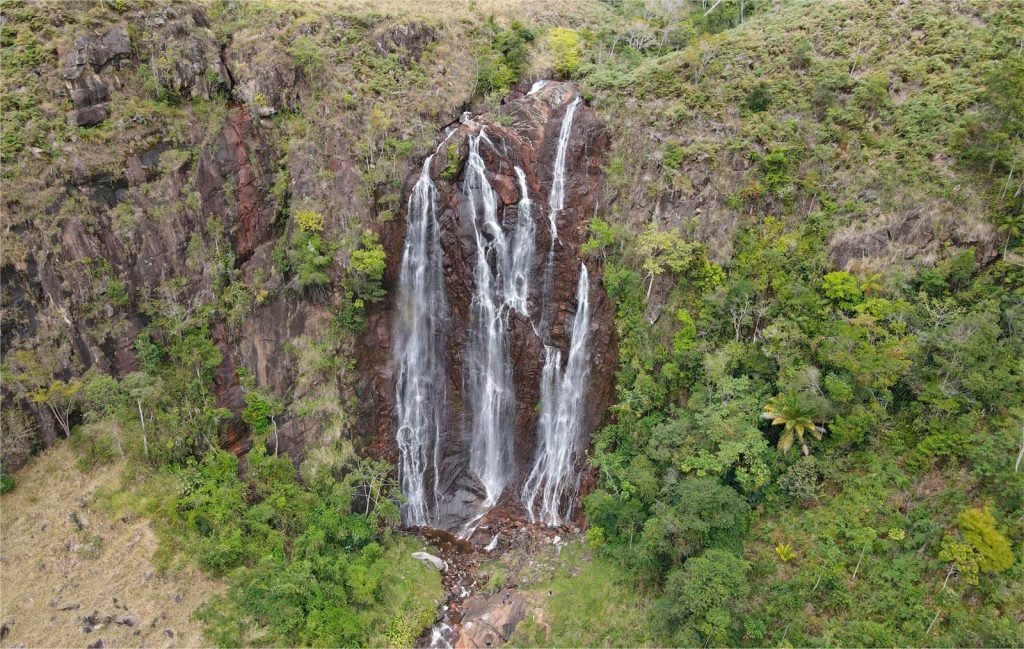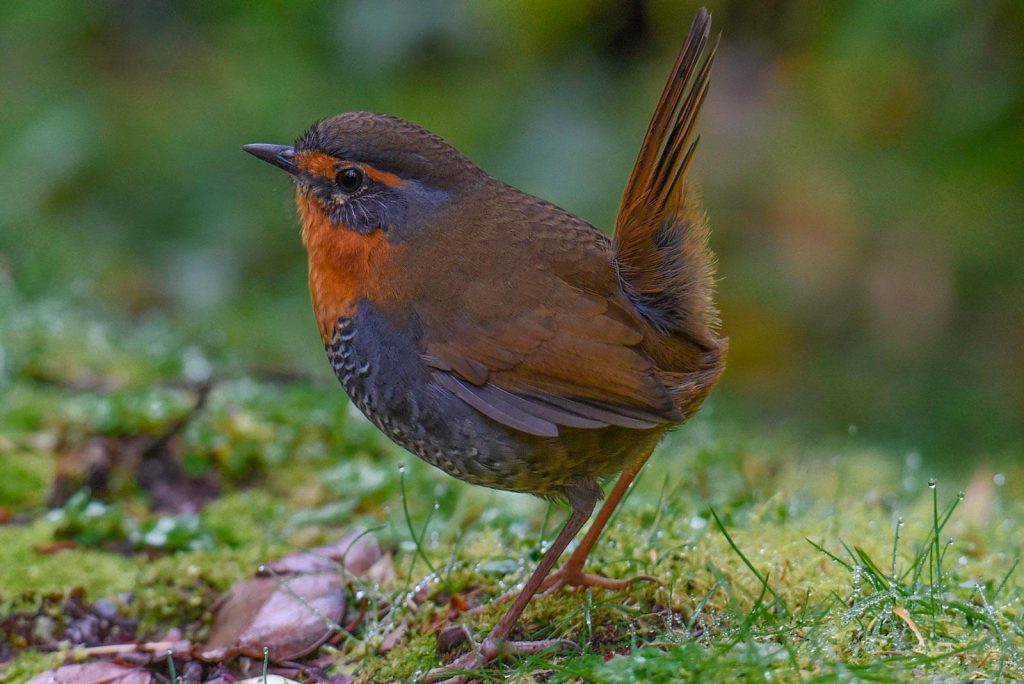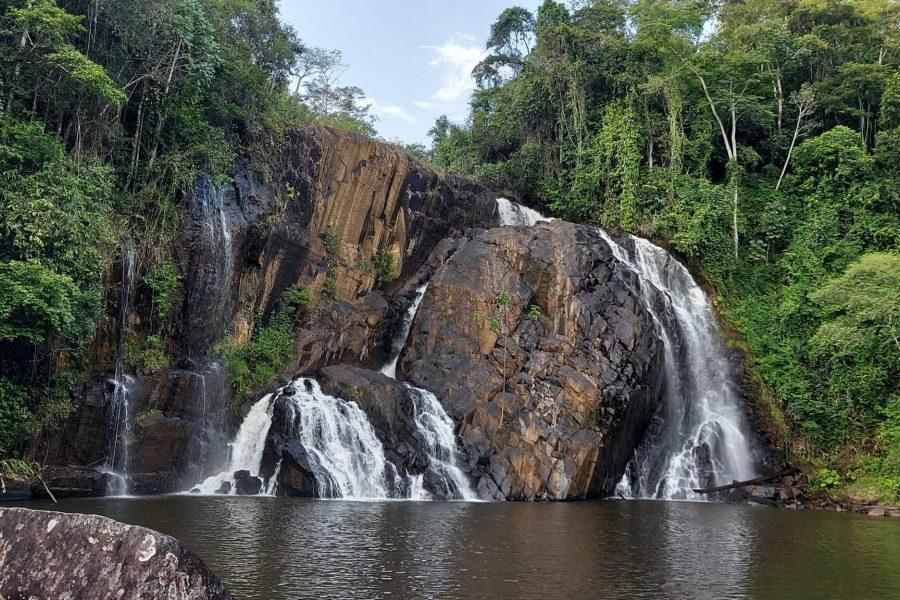Boa Nova National Park, located in the municipality of the same name in Brazil, is a protected area of immeasurable value for the region and tourism. It offers great biodiversity with different species of fauna and flora, outdoor activities, and tourist attractions that you shouldn’t miss, forming part of the Brazilian National Parks System.
Content
Introduction to Boa Nova National Park
Geographical Location
Located in the municipality of Boa Nova, Bahia, Brazil, Boa Nova National Park covers an area of 15,024 hectares (37,130 acres) and is located at the confluence of the Atlantic Forest and the Caatinga, two fundamental and unique ecosystems at coordinates: 14°22’05″S 40°10’12″W.
History and Park Creation
The history of Boa Nova National Park and the Wildlife Refuge has its roots in an important public consultation process initiated by the Brazilian Institute of the Environment and Renewable Natural Resources (IBAMA). On December 14, 2006, a public consultation was held to discuss the creation of a national park and a wildlife refuge in the southern region of Boa Nova.
On June 11, 2010, a federal decree was finally issued, establishing the Boa Nova Wildlife Refuge and the Boa Nova National Park. The latter covers an area of approximately 12,065 hectares (29,810 acres). Both protected areas became part of the Central Atlantic Forest Ecological Corridor, an initiative created in 2002 to conserve and connect Atlantic Forest ecosystems.
Subsequently, on August 27, 2015, the advisory council for the reserve was established, involving various stakeholders and the local community in the conservation and decision-making process. Since then, Boa Nova National Park and the Wildlife Refuge have been crucial for the protection and regeneration of the valuable ecosystems they host, allowing for the conservation of endangered species and the development of scientific research, environmental education, and eco-tourism activities in harmony with nature.
Park Objectives
The primary objective of this park is to completely safeguard and revitalize the natural ecosystems at the border between the Atlantic Forest and the Caatinga. It seeks to preserve viable populations of endangered mammals and bird species, with special attention to the slaty antshrike (Rhopornis ardesiacus). It also focuses on the conservation and restoration of watercourses and watersheds.
In addition to its conservation purposes, it stands out for its role as a space for scientific research, education, environmental interpretation, and recreational activities in harmony with nature.
Boa Nova’s Climate
The climate in this area is characterized by high rainfall, being within the Atlantic Forest biome. The average annual precipitation is 1,300 millimeters (51 inches), contributing to the lush vegetation and biological diversity of the park.
Regarding temperatures, they range from 14 to 26 °C (57 to 79 °F), with an average temperature of around 23 °C (73 °F). These moderate and pleasant climatic conditions create a suitable environment for a rich variety of plant and animal species, making Boa Nova National Park a magical wildlife refuge and a wonderful experience for visitors.
Flora and Fauna of Boa Nova
Endemic and Endangered Species
The park hosts an impressive variety of species, including several endemic and endangered ones. Visitors can encounter everything from the majestic jaguar to the rare golden lion tamarin monkey, as well as an astonishing variety of exotic birds that make this park a paradise for birdwatchers.
Types of Ecosystems Present
The park is a meeting point between the Atlantic Forest and the Caatinga, resulting in impressive biological diversity. These ecosystems, filled with an unparalleled range of plants and animals, make Boa Nova National Park a magical place to visit.
Attractions and Activities in the National Park
Hiking and Trekking Trails
With an extensive network of trails that traverse stunning landscapes, Boa Nova is a paradise for hiking enthusiasts. Whether you prefer a leisurely nature walk or a challenging trekking adventure, you’ll find the perfect route to suit your needs.
Birdwatching
The park is known for its impressive bird diversity, making it a popular destination for birdwatchers. With a bit of patience and a good pair of binoculars, you can spot some of the rarest and most exotic bird species in the world.
Nature Photography
If you’re a photography enthusiast, you’ll love it here. From stunning landscapes to rich wildlife and flora, there are endless opportunities to capture the beauty of nature with your camera.
Practical Information for Visitors
How to Get to Boa Nova National Park
Access to the park is through the city of Boa Nova. Several bus companies offer services from major cities in Brazil to Boa Nova. If you prefer convenience, you can fly to Salvador Airport and from there, take a bus or rent a car to reach the park.
Best Times to Visit
The best time to visit Boa Nova National Park is during the dry season, which typically runs from August to March. During this time, rainfall is less frequent, which means that trails and observation areas will be in better condition for visitors to enjoy. It’s also likely to spot some animals near watercourses.
Accommodation and Services Near the Park
While the park itself does not offer accommodation, there are several inns and hotels in the nearby town of Boa Nova that provide modern amenities. Some of these inns even offer guided tours to the park, which can be a great option for those who prefer a more structured experience.
These inns and hotels will not only provide you with a comfortable place to rest but also some of them offer guided tours to the park and to other nearby towns, such as Vitória da Conquista, Poções, and Planalto.
Rules and Recommendations for Your Visit
To ensure the preservation of wildlife and the beauty of the park, visitors are asked to follow some basic rules. These include not feeding the animals, not littering, not making fires, and staying on designated trails. Always remember that your visit should be as non-invasive as possible to the local wildlife.
Conservation and Challenges
Threats to Park Biodiversity
Despite conservation efforts, the park faces significant challenges, including deforestation and climate change. Protecting Boa Nova National Park and its biodiversity is crucial for the health of our global ecosystems.
Conservation and Restoration Projects
Several conservation and restoration projects are being implemented. These projects are vital to ensuring the long-term survival of the park’s ecosystems and the species that inhabit them.
Community Involvement in Park Conservation
The local community plays a crucial role in the conservation of Boa Nova Park. From volunteering in conservation projects to educating about the importance of protecting local biodiversity, the local community is a vital component in the park’s protection.
Education and Outreach
Volunteer and Citizen Participation Opportunities
The park offers various volunteer opportunities, allowing visitors to get involved in biodiversity conservation and environmental education. It’s an unparalleled opportunity to learn and actively contribute to the protection of our planet.
Current Scientific Research
It’s a living laboratory where scientists from around the world come to study its unique biodiversity. Current research focuses on a better understanding of the park’s endemic species and the threats they face, in order to develop effective conservation strategies.
Education and Outreach
Educational Programs and Activities for Students
The park offers several educational programs for students aimed at inspiring the next generation of conservationists. These programs combine classroom lessons with practical activities in the park, providing a unique and unforgettable learning experience for students.



